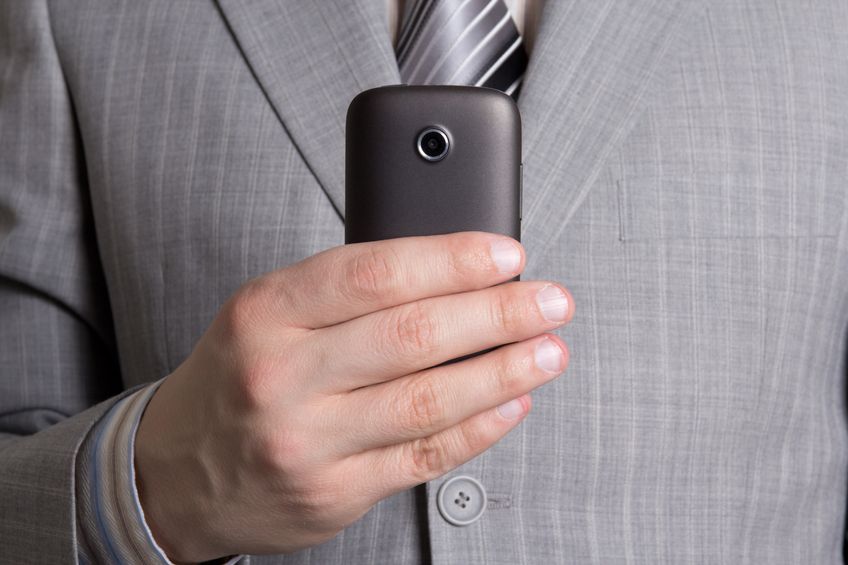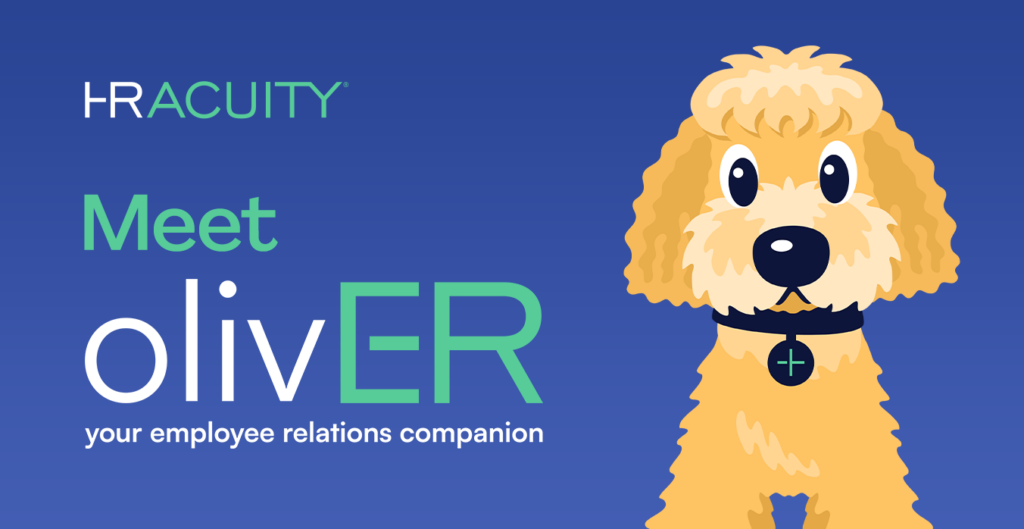The holiday season is upon us, and with it comes a frenzy of buying, much of which will be geared towards the latest technology gadgetry. There are lots of choices like fitness band wearables, Google Glass and, of course, the new iPhone 6. Then there are smart watches, tablets and phablets (and yes, there is such a thing as a “phablet” — it is cross between a phone and a tablet!) As technology continues to pervade both our everyday lives and the workplace, it ushers in a whole new set of employee relations issues for companies as well. Here are 3 technology-driven workplace issues you didn’t even know you had:
SMARTPHONE CAMERAS
According to the Pew Research Internet Project Mobile Technology Fact Sheet, 58% of Americans have a smartphone. It may surprise you to know that the percentage of Americans that own a smartphone only moved into a majority (over 50%) in 2013, but the trend is definitely set to continue. In the workplace, using a smartphone to snap a photo of a colleague(s) may seem innocent enough, but consider a year or so down the road when the same colleague leaves the organization on unfriendly terms. Even if the smartphone is owned by the company rendering the picture the intellectual property of the organization, the photo might have been saved on another device by the employee or forwarded without permission.
As serious, smartphones can be used to take pictures of proprietary documents, equipment or processes. There are numerous apps available to scan documents using smartphone cameras, and once scanned, confidential documents can be uploaded directly to someone’s personal account on the Cloud and then deleted from the smartphone. Not surprisingly, people are also using smartphones to take videos at work of processes or people, sometimes unbeknownst to the persons being filmed. There are similar issues with smartphones on college campuses all over the country.
The reality is that organizations must now have thoughtful smartphone usage policies in place, thoughtful because outright bans are neither pragmatic nor do they appear to have legal backing. The National Labor Relations Board (NLRB) recently butted heads with Boeing over the company’s ban on employee use of smartphones without a special permit, and the NLRB found Boeing in violation of U.S. Labor laws.
photo credit: By Tedeytan (Flickr) CC-BY-SA-2.0, via Wikimedia Commons
WEARABLE TECHNOLOGY
Wearable technology or wearables refer to a broad range of biofeedback products that electronically monitor activity and can be worn on the body. They have sophisticated sensory capabilities and have taken the fitness market, in particular, by storm. Wearables can track activity levels such as how many steps a person takes during the day, how long (s)he has slept at night or even number of calories burned. However, they can also track someone’s personal information such as their location. The market for these devices will only grow as the uses for biofeedback functionality expand into demographic segments like the elderly or disabled. In a research report last month, Morgan Stanley estimated the potential market size for these devices at $1.6 trillion and noted, wearable devices will “…become the fastest ramping consumer technology device to date….”
Many wearables allow the ability to wirelessly sync with a smartphone or personal computer. Earlier this year, an article in Information Week, Wearable Computing Offers New Security Risks, highlighted that insurance companies and medical providers may incentivize people to track their activity with wearables and even provide discounts for healthy habits. The question then becomes, can an employer prohibit an employee from using a wearable in the workplace if (s)he wants to qualify for the insurance discount? Or on the flip side, can they require it to take advantage of lower premiums?
Smart watches and Google Glass also support wireless internet. A person wearing Google Glass can take photos or videos with it potentially leading to many of the smartphone issues previously mentioned; the photos or videos can also be wirelessly synced with a person’s Google+ Album. So as the benefits, uses and functionality of wearables grow, the quandary for employers revolves around how to regulate their usage in the workplace and how to incorporate usage restrictions into technology guidelines for the organization’s employees.
INAPPROPRIATE USE OF SOCIAL MEDIA
The use of social media networks by employees poses its own set of challenges. Intuitively, it may seem that a person can post whatever (s)he would like on a personal social media account based upon fundamental rights to free speech and privacy. But, in fact, organizations do have some say when it comes to social media activity by employees, particularly if the organization’s social media usage policy is specific in nature and not a broad blanket policy. The social media usage landscape for employers is still being defined, and in The New York Times’, “Even if it Enrages Your Boss, Social Net Speech Is Protected,” it becomes clear that the outcomes of litigated social media cases are by no means consistent.
If behavior on social media is harmful to colleagues in the workplace or the organization itself, there appears to be some basis for legal action. Sounds simple, but of course with certain privacy settings in place, posts on social media accounts cannot be viewed publicly. Employees would have to print a screen or take a screenshot to prove misconduct by a co-worker. This complexity bolsters the case for a robust company social media usage policy which can be used as a roadmap for employees to follow, will firmly establish expectations, and can even help define the cues that someone’s behavior on social media is inappropriate. Without such a policy in place, your employees can either purposely or inadvertently affect the workplace environment and their colleagues with misconduct on social media networks. In so doing, the organization is opened up to litigation risk.
For human resource departments and managers, advances in technology trigger new employee relations challenges every year. HR Acuity® On-Demand is an award-winning SaaS solution that delivers defensible, best-practice processes that will evolve with your organizational needs and the ever-changing employee relations landscape. To learn more or see a demonstration, contact us or call 888.598.0161 today.






